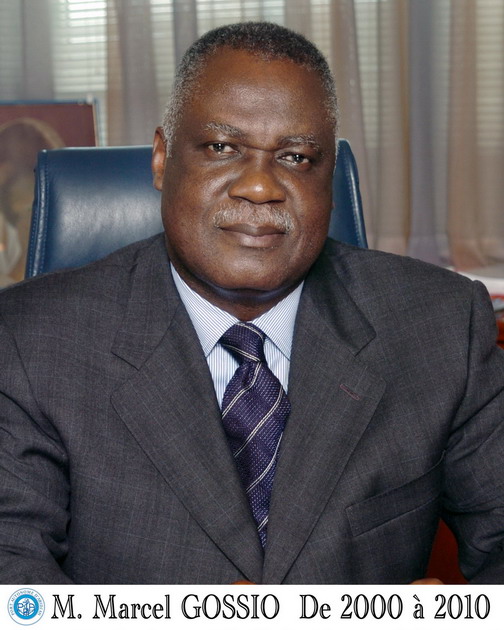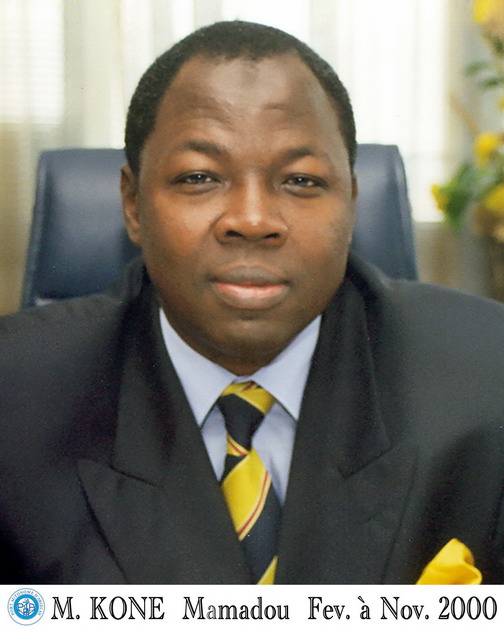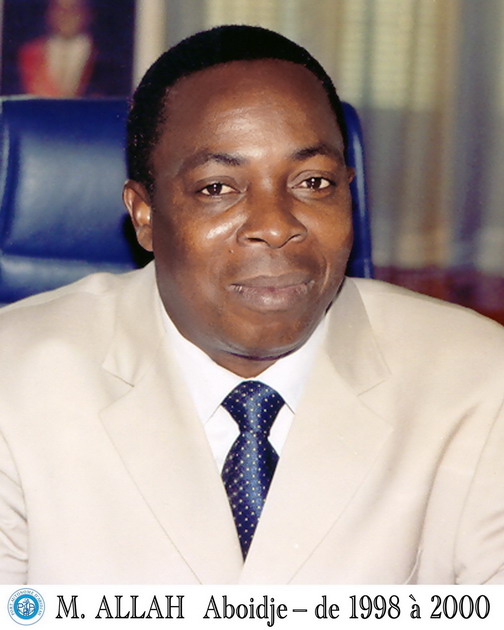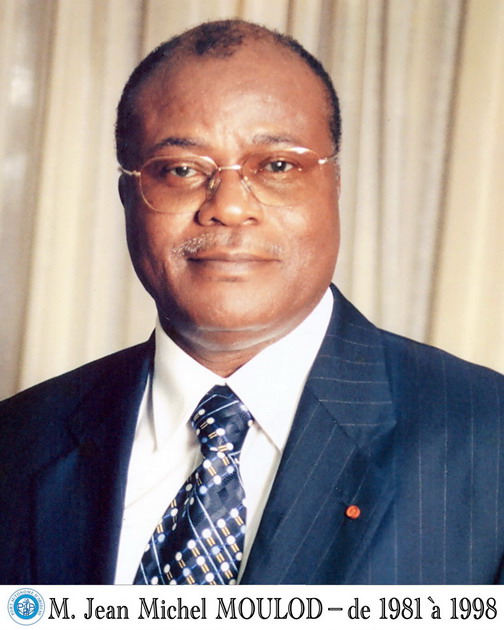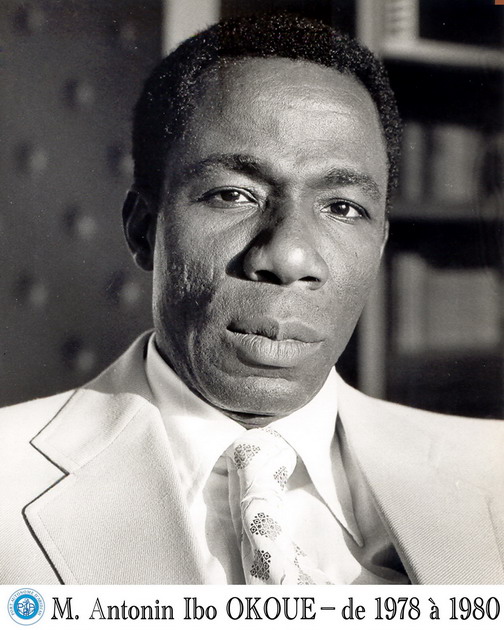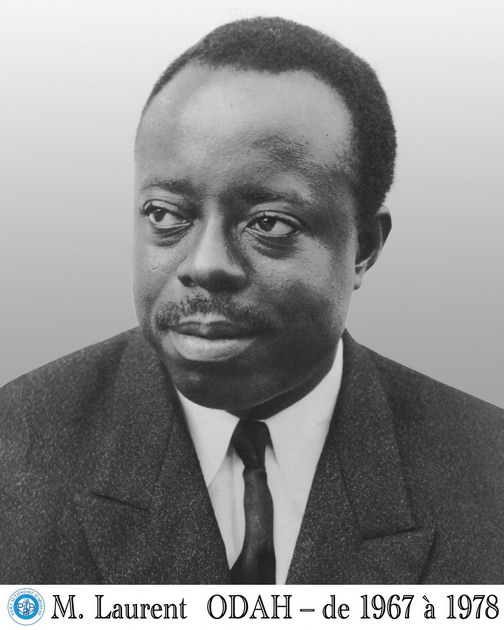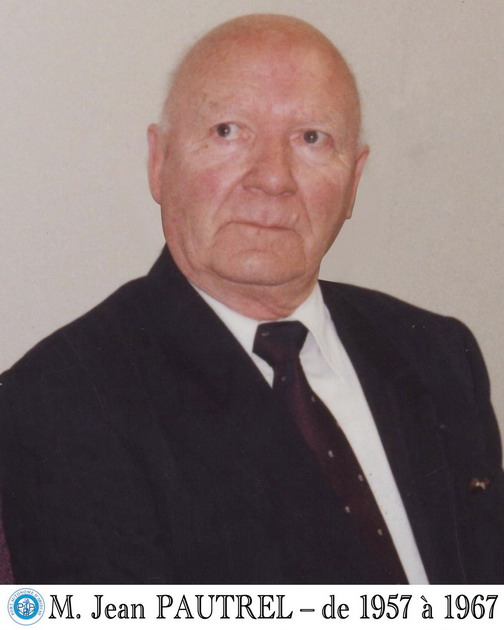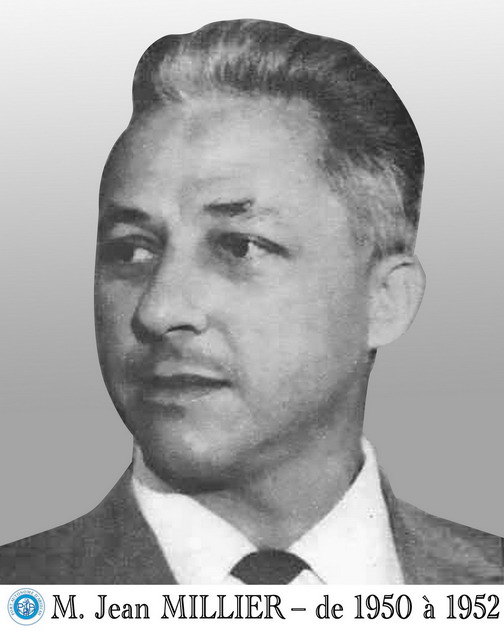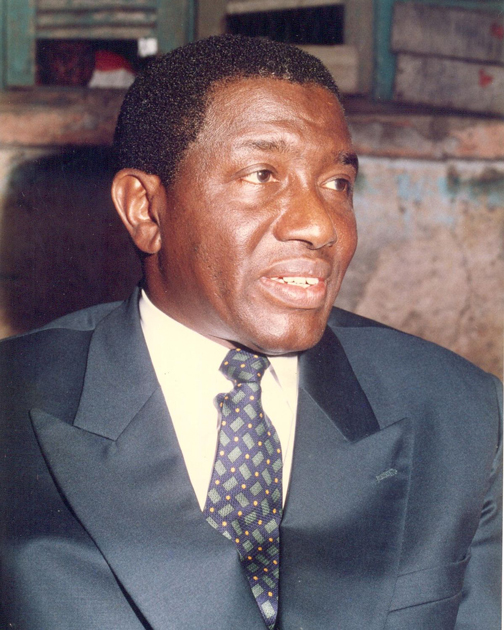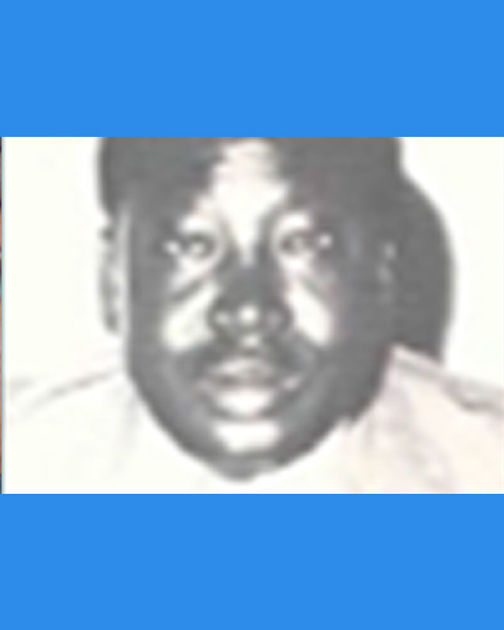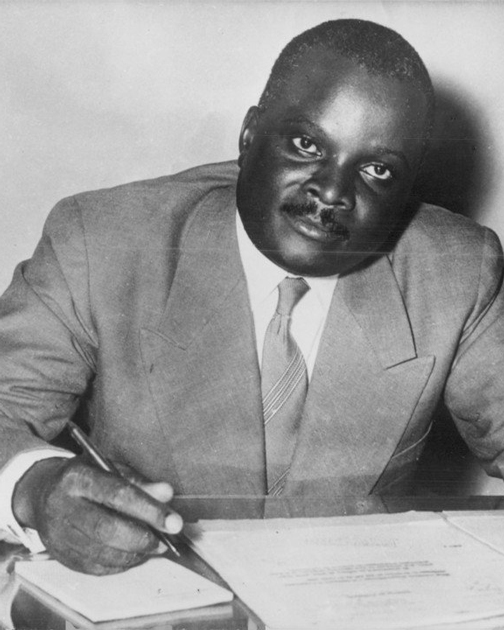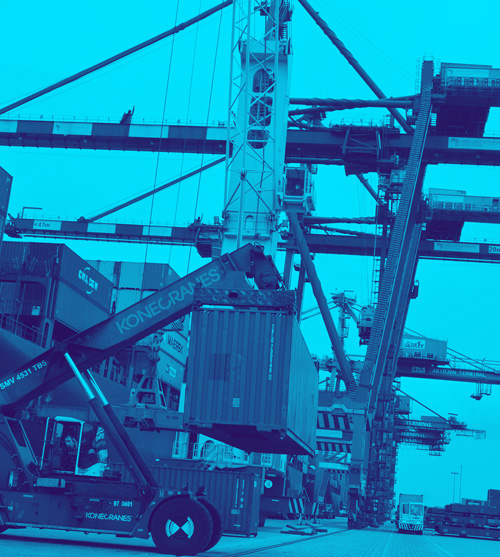THE BIRTH OF A GREAT MODERN PORT
Ideally located in the heart of the Gulf of Guinea, almost equidistant from Cameroon and Senegal, Côte d'Ivoire has a coastline of about 500 kilometers. Its sandy and straight coast is <> by the bar, a wave breaking phenomenon forming at a distance of 80 to 100 meters and which, breaking on the shore, makes the ribs particularly difficult to access.
All along the coastline extends a vast network of lagoons separated from the sea by the "coastline" and to which flow the different rivers that water the country.
The fairgrounds and wharves
It was in the fifteenth century that the first trade between the Europeans and the natives of present-day Côte d'Ivoire began. First made by fairgrounds, these exchanges will continue later (from the 20th century), using wharfs that offered more security.
Thus, several wharfs will be built on the Ivorian coast during the first half of the 20th century:
- the first wharf at Grand Bassam in 1901;
- the second wharf still at Grand Bassam in 1923;
- the 3rd wharf at Port-Bouet in 1931;
- the 4th wharf at Sassandra in 1951.
It is through these wharfs that all the maritime exchanges of Côte d'Ivoire will take place until the opening of the Vridi canal and the commissioning of the Port of Abidjan. Some of these Wharfs, like Sassandra's, will remain in operation for several years even after the port opens.
Over the years, due to the continuous growth of trade between Europeans and natives, and the difficulty of handling heavy loads, the need to have a real port was already real before the realization of different wharfs. In addition, even though the wharfs facilitated the handling of the goods, they did not completely eliminate the risks due to the state of the sea.
By the end of the 19th century, research had begun to determine the best location of the future port.
Choosing the port location
Studies were conducted along the coast as early as 1892 under the direction of Treich-Laplene and Binger.
Several other studies were subsequently conducted including that of Marchand in 1896, and that of Captains Houdaille, Thomass and Crosson-Duplessis in 1898.
These different studies explored the regions of:
- Grand Bassam;
- The harbor of Sassandra;
- Grand-Lahou
Finally, and in accordance with the conclusions of the Crosson-Duplessis study, Abidjan was chosen to be both the site of the future port and the bridgehead of the Abidjan-Niger railway.
Further studies will be carried out to determine the exact location of the future port and, in particular, the most appropriate location for piercing the coastline.
Later, the first attempts to break the shoreline that took place west of Port-Bouët (near Petit-Bassam) in 1906 and 1907 ended in failures, the open canals being immediately filled by sand currents.
As a result of these failures, several other projects were proposed by different engineers between 1909 and 1929, but none of them could satisfactorily solve the question of piercing the canal.
As a result of these failures, several other projects were proposed by different engineers between 1909 and 1929, but none of them could satisfactorily solve the question of piercing the canal.
Construction of the Port of Abidjan
After the approval of Roger Pelnard-Considère's project, the works of the Vridi Canal were awarded to a consortium of companies in 1936. But the actual works did not begin until 1938. They continued under the successive authority of the Directors of Public Works Levy, Pelnard-Consider, Pilot, Pougnaud, Vernisse and Jean Millier. It was the latter who completed the work and later became the first director of the Port of Abidjan.
The work consisted of dredging the canal, constructing two jetties at sea to protect the entry pass against the sand currents, the execution of the rockfill shorelines, and the use of the rock-rubbed fascination mats for the protection of funds.
The digging of the canal was done at the same time sea side and lagoon side. This allowed the beginning of operation, from 1948, of the part sea side known as "Before port" to relieve the economy, then on the verge of asphyxiation because of the saturation of the wharfs of Grand-Bassam and Port- Bouet.
The digging of the canal was done at the same time sea side and lagoon side. This allowed the beginning of operation, from 1948, of the part sea side known as "Before port" to relieve the economy, then on the verge of asphyxiation because of the saturation of the wharfs of Grand-Bassam and Port- Bouet.
With the opening to navigation of the Vridi canal was born the Port of Abidjan. The first ship to use the Vridi Canal was "MARIE DOMINIQUE" and the first long-distance ship was "VOLTA". The Port of Abidjan was officially inaugurated on February 5, 1951 by Mr. François Mitterrand, then French Minister of Overseas Territories.

